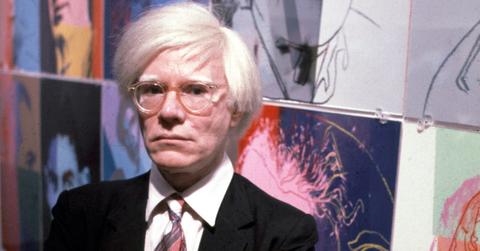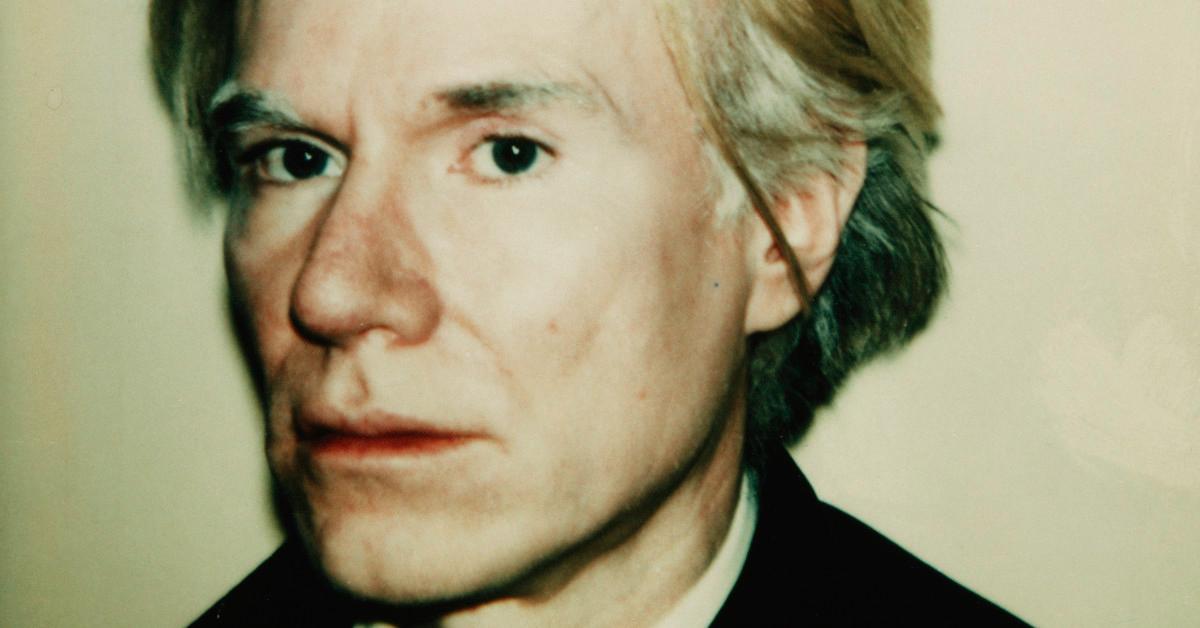New Andy Warhol Documentary Clones the Pop Artist’s Voice With AI Technology
Who inherited the Andy Warhol estate? Learn more about how the late pop artist lives on, especially with a new Netflix documentary cloning his voice.
March 8 2022, Published 2:49 p.m. ET

The question of who inherited Andy Warhol’s estate has a simple answer. When the famed pop artist died in 1987, his estate went toward the formation of the Andy Warhol Foundation for the Visual Arts.
On the foundation's website, it explains that Warhol “generously made arrangements to help future generations of artists break new ground” and “called for the creation of a foundation dedicated to ‘advancement of the visual arts,’ in his will, leaving nearly his entire estate to the cause.”
The foundation says its purpose is to “support experimental and challenging new artistic activity in the most meaningful way possible, and to preserve and expand Warhol’s artistic legacy.”
The foundation is supporting “experimental and challenging new artistic activity,” in a way, by giving the green light for Warhol’s voice to be recreated for Netflix’s new docuseries The Andy Warhol Diaries, which starts streaming on Wednesday, March 9.
What will "The Andy Warhol Diaries" docuseries include?

Like the documentary Roadrunner did with the voice of late chef Anthony Bourdain, The Andy Warhol Diaries employs artificial intelligence to have the voice of Andy Warhol reading his own diary entries — with the foundation’s blessing, of course.
“He could be incredibly raw and emotional as he talked to his diarist over the phone. To fully appreciate the radical vulnerability that Andy shares in the Diaries, I felt that we needed to hear the words in Andy’s own voice,” director Andrew Rossi told Entertainment Weekly last month.
Rossi also cited Warhol’s stated desire to “be a machine” and pointed out that the artist created a robot and a hologram in his own image. “I thought that cloning Andy’s voice could function like a Warholian portrait,” the filmmaker added, “and the foundation approved.”
Netflix calls the series — executive-produced by Ryan Murphy — a “breathtakingly expansive, six-part portrait” that “traces Warhol’s almost unbelievably diverse journey fluidly moving between mediums.
“The Andy Warhol Diaries deftly validates Warhol’s belief that the idea is not to live forever but to create art that will,” the streaming service adds.
The Andy Warhol Foundation has been battling a photographer in the Supreme Court.
As for the other part of its mission, the Andy Warhol Foundation has been preserving Warhol’s artistic legacy, in a way, by defending his artwork in court. In fact, a legal tussle between the organization and photographer Lynn Goldsmith has made it to the highest court in the land.
As Reuters explains, Warhol created silkscreen works for Vanity Fair that were based on photos of the pop star Prince that Goldsmith took for Newsweek in 1981. Goldsmith sued the foundation for copyright infringement in 2016, but a U.S. district judge in Manhattan sided with the foundation in 2016. However, the 2nd U.S. Circuit Court of Appeals reversed that opinion in 2021, ruling that the Warhol work isn’t protected by the fair use doctrine.
Last December, the foundation asked the Supreme Court to review that U.S. Circuit Court of Appeals decision, arguing that the artist had transformed Goldsmith’s photo of the “Purple Rain” singer into “iconic works commenting on celebrity and consumerism.”
In response, Goldsmith asked the Supreme Court last month to reject the foundation’s appeal, claiming that Warhol’s work isn’t transformative enough to qualify as fair use — unlike, say, his famous prints of Campbell’s soup cans.
“Unlike a manufacturer’s soup can, which is ultimately destined for the garbage can, here Goldsmith’s original work is itself an artistic portrait of an individual,” her brief contends.
